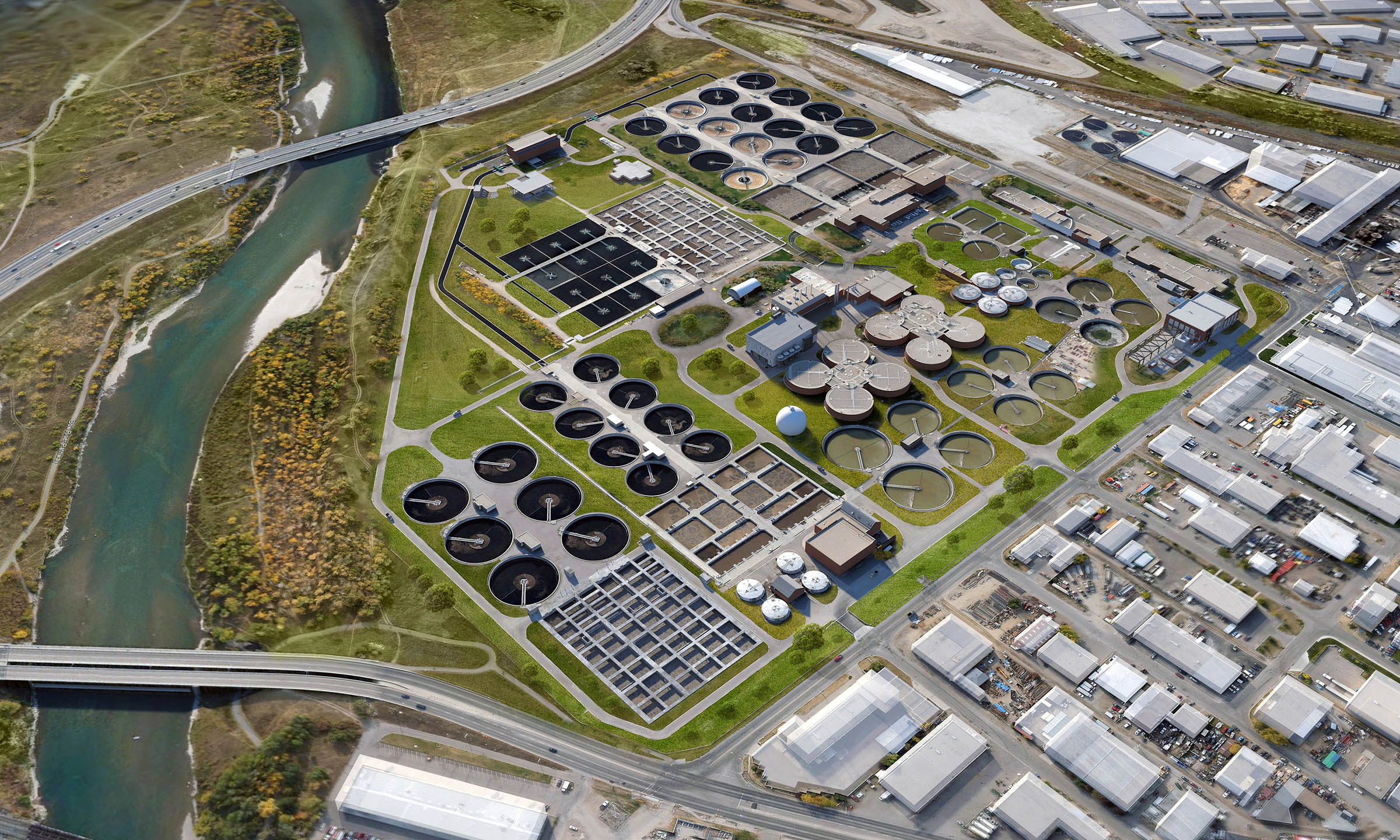Comprehensive Overview to Hazardous Waste Water Treatment Processes
Comprehensive Overview to Hazardous Waste Water Treatment Processes
Blog Article
Strategic Approaches to Enhance Waste Water Therapy Efficiency and Lessen Environmental Impact
In the realm of waste water therapy, the pursuit for boosted efficiency and decreased ecological influence is a continuous difficulty that demands critical options. The integration of advanced therapy modern technologies, energy-efficient procedures, source healing strategies, enhanced nutrient elimination techniques, and clever monitoring and control systems stands for a complex structure for attending to these pushing issues.
Advanced Treatment Technologies
Innovative membrane layer purification systems have actually revolutionized sophisticated wastewater treatment processes, dramatically boosting the elimination of impurities. This technology has confirmed to be very effective in getting rid of a wide range of contaminants, including pharmaceuticals, hefty steels, and organic compounds, which are usually challenging to eliminate through typical treatment methods.
Furthermore, membrane layer filtration systems supply numerous benefits over conventional treatment approaches. Furthermore, these systems are extremely versatile and can be quickly incorporated right into existing therapy plants or used as standalone devices for decentralized applications.
Energy-Efficient Processes
The integration of energy-efficient procedures in wastewater therapy systems is essential for maximizing source utilization and minimizing operational costs. One key approach to improving power efficiency in wastewater treatment is the use of innovative aeration systems, such as fine bubble diffusers or surface aerators, which can enhance oxygen transfer performance and lower energy consumption.
Additionally, enhancing procedure control and automation with the usage of innovative sensing units and keeping an eye on systems can boost overall energy efficiency by changing operations in real-time based upon real need and problems. Executing power audits and regularly checking energy performance signs are necessary techniques to recognize locations for enhancement and track energy-saving efforts effectively. Generally, the fostering of energy-efficient processes in wastewater treatment not only profits the setting however also adds to long-term expense financial savings and operational sustainability.
Source Recovery Techniques
With a concentrate on maximizing source application and sustainability in wastewater therapy systems, the implementation of source recuperation methods becomes a critical aspect in enhancing functional efficiency. Resource recuperation techniques in wastewater treatment entail the recognition and extraction of important sources from the waste stream, thus turning what was as soon as considered waste into a useful property. By applying source recuperation strategies such as nutrient removal and recuperation, energy generation from raw material, and the manufacturing of recyclable water, wastewater treatment plants can minimize environmental effect while making the most of effectiveness.

Enhanced Nutrient Elimination Strategies
Applying innovative nutrient elimination methods is important for maximizing the effectiveness of wastewater therapy systems. One of the essential methods made use of for enhanced nutrient removal is the process of biological nutrient elimination (BNR), which entails the removal of nitrogen and phosphorus with organic processes.

In addition to BNR, advanced therapy techniques such as get redirected here membrane bioreactors (MBRs) and created marshes can likewise be utilized to enhance nutrient elimination effectiveness. MBRs utilize membranes to attain high-grade effluent standards by properly removing nutrients and suspended solids. Constructed marshes simulate natural marsh procedures to get rid of nutrients via plant uptake, microbial task, and sedimentation. By including these advanced nutrient elimination methods into wastewater you can try these out therapy sectors, systems and districts can properly minimize nutrient pollution and safeguard the atmosphere.
Smart Surveillance and Control Equipment
Utilizing advanced innovation, the combination of wise surveillance and control systems changes the functional performance of wastewater therapy centers. These systems integrate sophisticated sensors and data analytics to constantly monitor essential criteria such as pH degrees, turbidity, liquified oxygen, and circulation rates in real-time. By gathering and assessing this data, operators can obtain valuable insights into the performance of the treatment processes, making it possible for positive modifications to maximize therapy performance.
Smart surveillance and control systems likewise support remote surveillance abilities, enabling drivers to gain access to real-time data and control features from off-site locations. This remote ease of access improves operational flexibility and responsiveness, making it possible for swift interventions in instance of system malfunctions or changes in influent high quality. Furthermore, the anticipating maintenance capacities of these systems assist avoid equipment failures and decrease downtime, eventually boosting the overall dependability of wastewater therapy operations (Waste Water Treatment).
Final Thought
In final thought, strategic methods such as innovative therapy technologies, energy-efficient processes, source recovery techniques, improved nutrient elimination methods, and wise monitoring and control systems play a crucial role in improving wastewater treatment effectiveness and lessening ecological impact. By executing these methods, wastewater treatment plants can boost their total efficiency, minimize energy usage, recoup valuable resources, and make sure compliance with ecological laws. These approaches are vital for lasting and effective wastewater monitoring techniques.

In final thought, tactical approaches such as sophisticated treatment modern technologies, energy-efficient processes, source healing strategies, boosted nutrient removal techniques, and smart surveillance and control systems play a crucial role in enhancing wastewater treatment performance and decreasing ecological impact.
Report this page